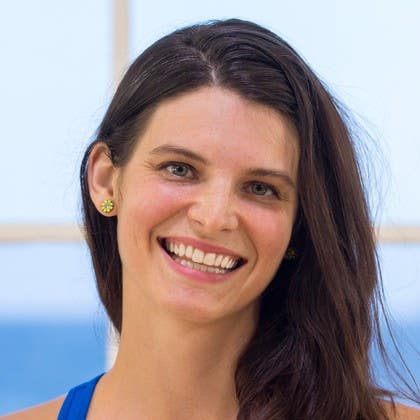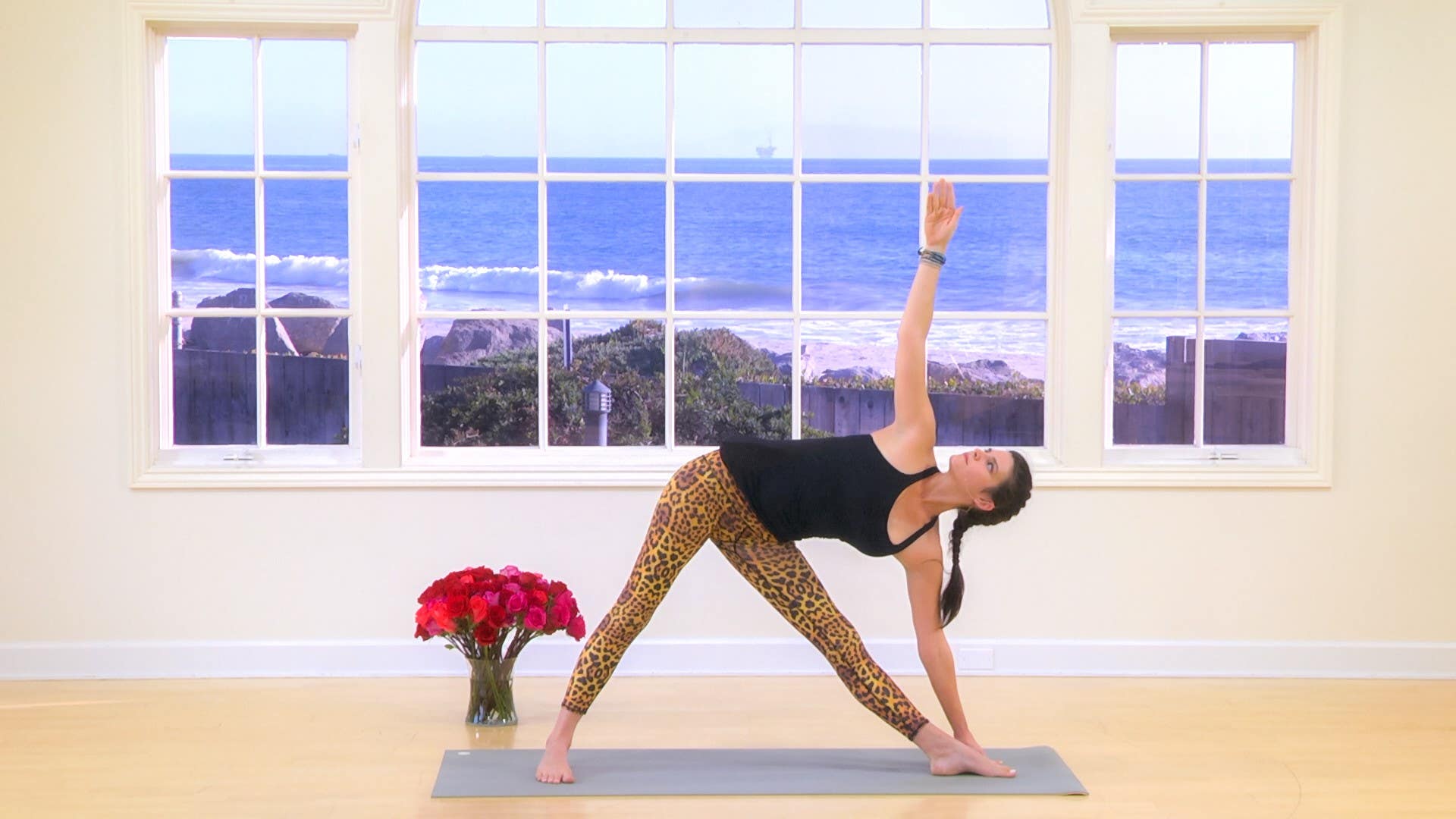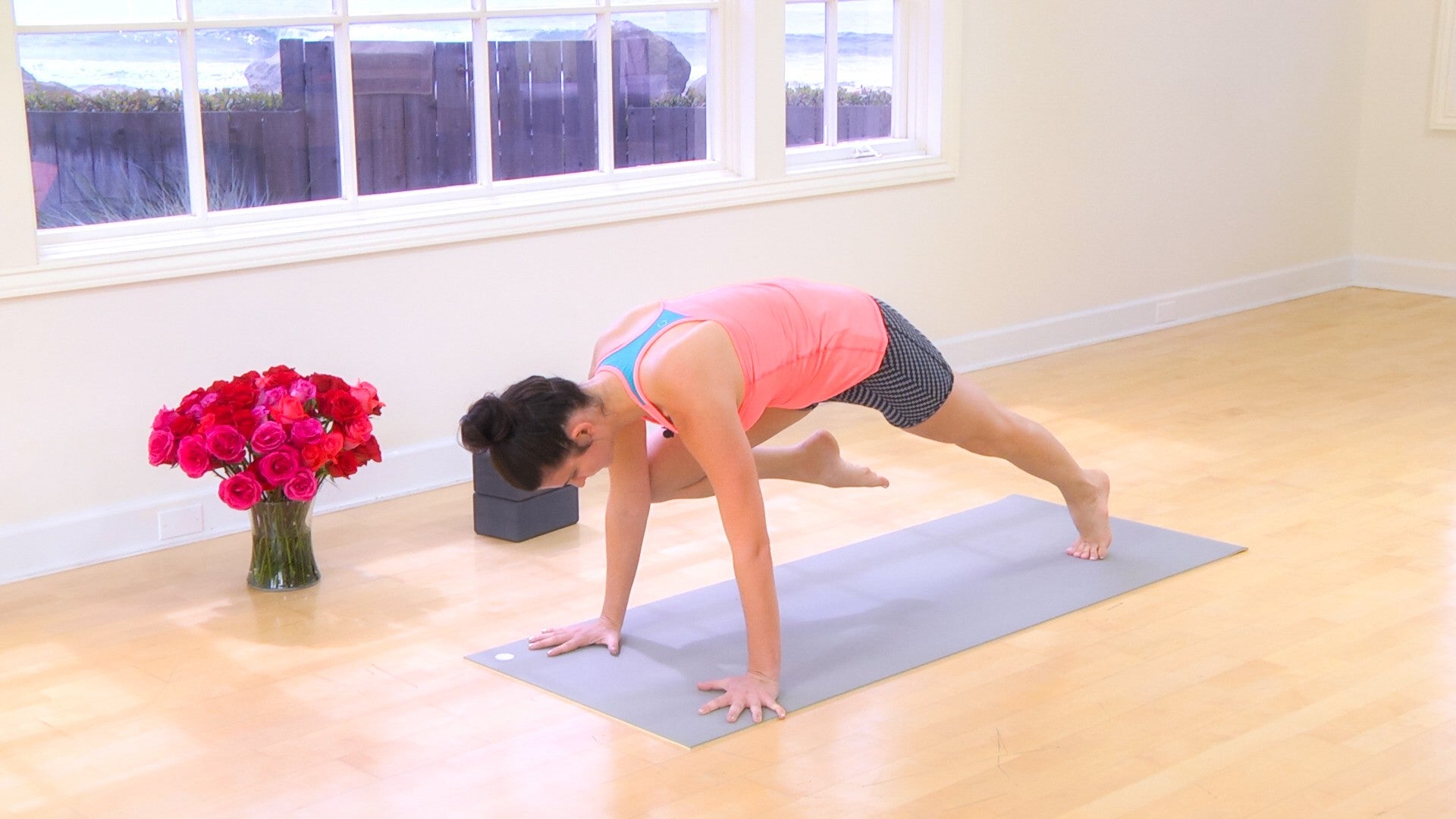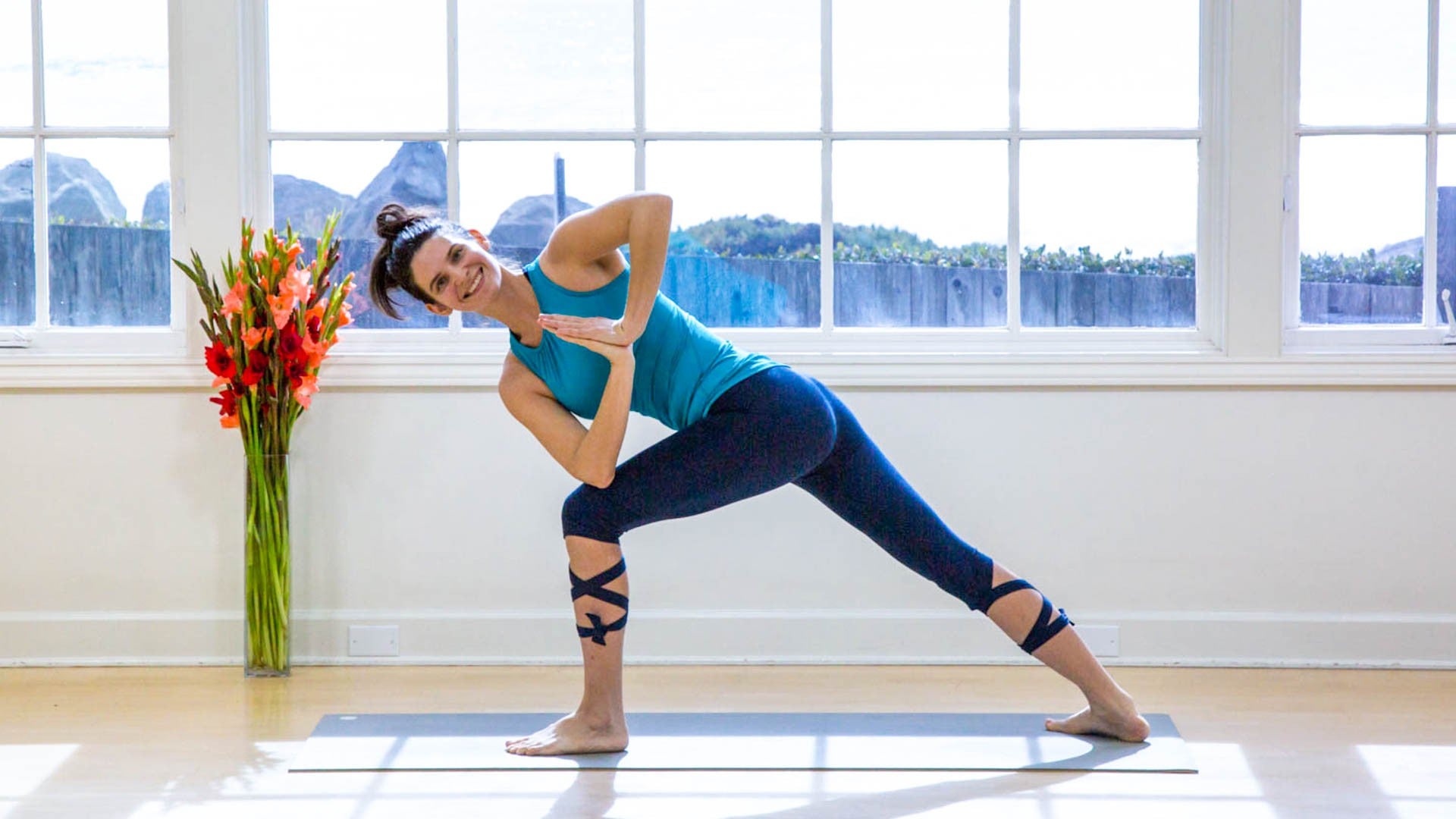
Ashtanga Yoga Is Not a Love Affair, It's a Relationship
If yoga is a practice of focus and attention, I’m screwed. This is an actual entry from a journal I kept when I was in my early twenties, around the same time I started getting hot and heavy with yoga. In those days, yoga was all I wanted to do or talk about. I spent my student loan money on studio memberships, yoga clothes, and workshops. I poured over yoga books, practiced handstands literally anywhere, went to Zen Buddhist meditations and kirtans, and dabbled briefly in signing emails with 'love and light' (very briefly). My sister and I started a blog dedicated to dissecting our yoga experiences in great detail. I talked a lot about my core. Enthusiasm rendered me indiscriminate—I did classes like Yoga Sculpt, Hot Yoga Fusion, Kundalini Yoga, and Laughter Yoga. I loved how I felt doing yoga, until I didn’t, and then I would find a new kind of yoga to experiment with.
Yoga became a thing friends associated me with, but in those days I was also easily overwhelmed by my own mind, struggled to maintain relationships, agonized over small decisions, and failed to follow through on many big ones. I didn’t know it then, but I lacked direction, and the ability to be direct. The more I practiced, the more unfocused I became. I was desperate to change and couldn’t stop changing: hair color, clothes, philosophies, friends, practices. Everything was different all the time, except me.
My friend John took me to my first Ashtanga yoga class, a Led Primary class with Richard Freeman in Boulder. John was one of my Vinyasa teachers, and I admired how serious he was about his life. He woke up early every day to practice yoga in the quiet of his small room. His practice was just something he did—sacred and boring, important and perfunctory. Peppered with questions after class, John answered patiently, "relax dude, it’s just yoga." He had something I wanted: a practice with integrity. So when he suggested I join him for Ashtanga, I didn’t think twice.
The class was early (already out of my wheelhouse). By the time we got to Dandasana, I was exhausted and sweaty. "Thank god it’s almost over," I thought, struggling to keep my spine straight. As we entered into what felt like an endless stream of push-ups, I leaned over to John and whispered, "I hate this." "But it loves you," he whispered back, grinning, eyes trained ahead.
Ashtanga yoga is a practice with rules. Drishti, for example, means every posture has a focal point assigned to it. Classes begin the same way: Ekam, inhale. Each posture is held for five breaths. The routine is always the same—it is both remedial and restorative, which bored me in the beginning. I fancied myself too creative, too unrestricted. But the physicality appealed to me; it was like working out, but not as basic because there was chanting and ancient texts and stuff! Everyone in the room seemed so grown up in that way that John was. There was an obvious progression—pose to pose, Primary to Intermediate. I was used to the unpredicted sequences and loosey-goosey love fest of Vinyasa yoga, where cues are often a heady mix of ‘let go’ and ‘dig deep.' (When you are 23 years old, with a tendency to perform emotional autopsies after any interaction, misinterpretation is the only guarantee.)
The longer I did the same thing, the more I understood the power of boundaries, repetition, and structure. I was able to see myself at the beginning, middle, and end— something I’d struggled with for so long. My body felt strong and confident. I realized something I’d never thought of before: It’s okay to be uncomfortable.
In the Mysore room, the only ask was presence. No one asked me to love myself, or even the practice. I learned to direct my breath. The body responds with a shape; the lungs in turn draw in another deep breath, and another, and the mind says, "hey, try that again." It’s just five breaths, I said to myself when I felt tired, frustrated, or gripped with hatred for a certain pose. "I can’t do that pose," I would whimper to my teacher. I don’t like this pose. The answers were always the same: You don’t need to like it, just breathe.
In my early years of yoga, I felt like it was an all or nothing practice. John taught me that my practice could be dedicated without being super intense and that all or nothing didn’t have to be the way forward. It was all and everything. What has changed is my ability to articulate those feelings, and discern things like intensity from pain, shame from vulnerability, and boredom from the anxiety of engagement. I don’t always get it right. But it’s okay—cultivating directness with my body means I learn to be more direct about how I feel inside of it.
I don’t know if John still does Ashtanga. In the years since that class, I’ve changed continents, careers, companions, and haircuts. I wasn’t wrong when I wrote I was screwed. I still struggle to let go of options and emotions. Commitment is tough, and follow through is not always my strong suit. And frankly, even after five years of regular practice, I don’t love Ashtanga so much as it is just what works for me. But how relaxing it is to not have to love something all the time, to just let it be in my life. My Ashtanga practice is not a love affair, it’s a relationship. Anyone who’s had one can tell you a love affair rules you, but a relationship reinforces you. Some things don’t change. Others do. I can do anything for five breaths, and I do. Ekam, inhale. Begin again. Or as John might say, "relax dude, it’s just yoga."
Comments

You need to be a subscriber to post a comment.
Please Log In or Create an Account to start your free trial.

















